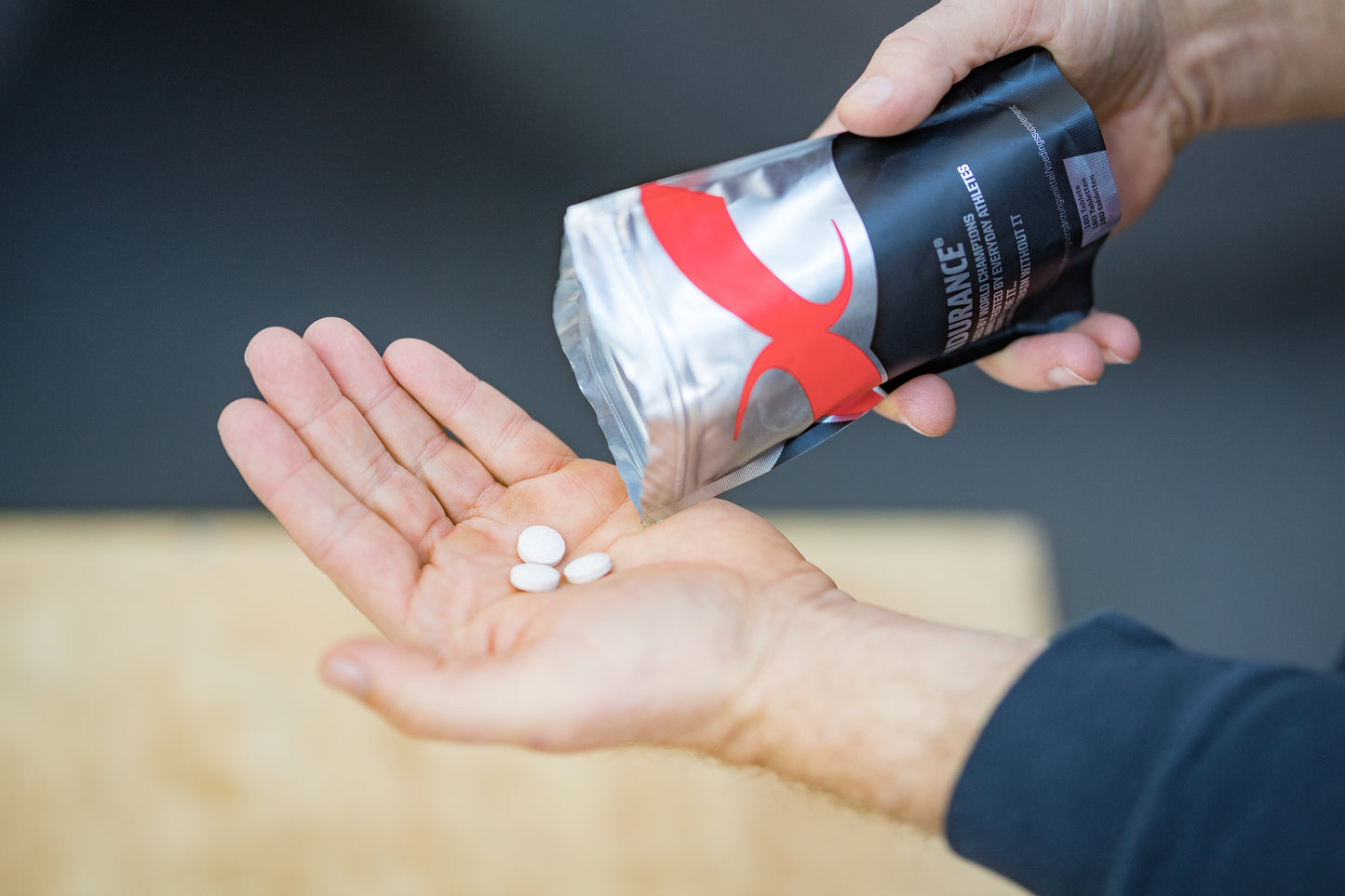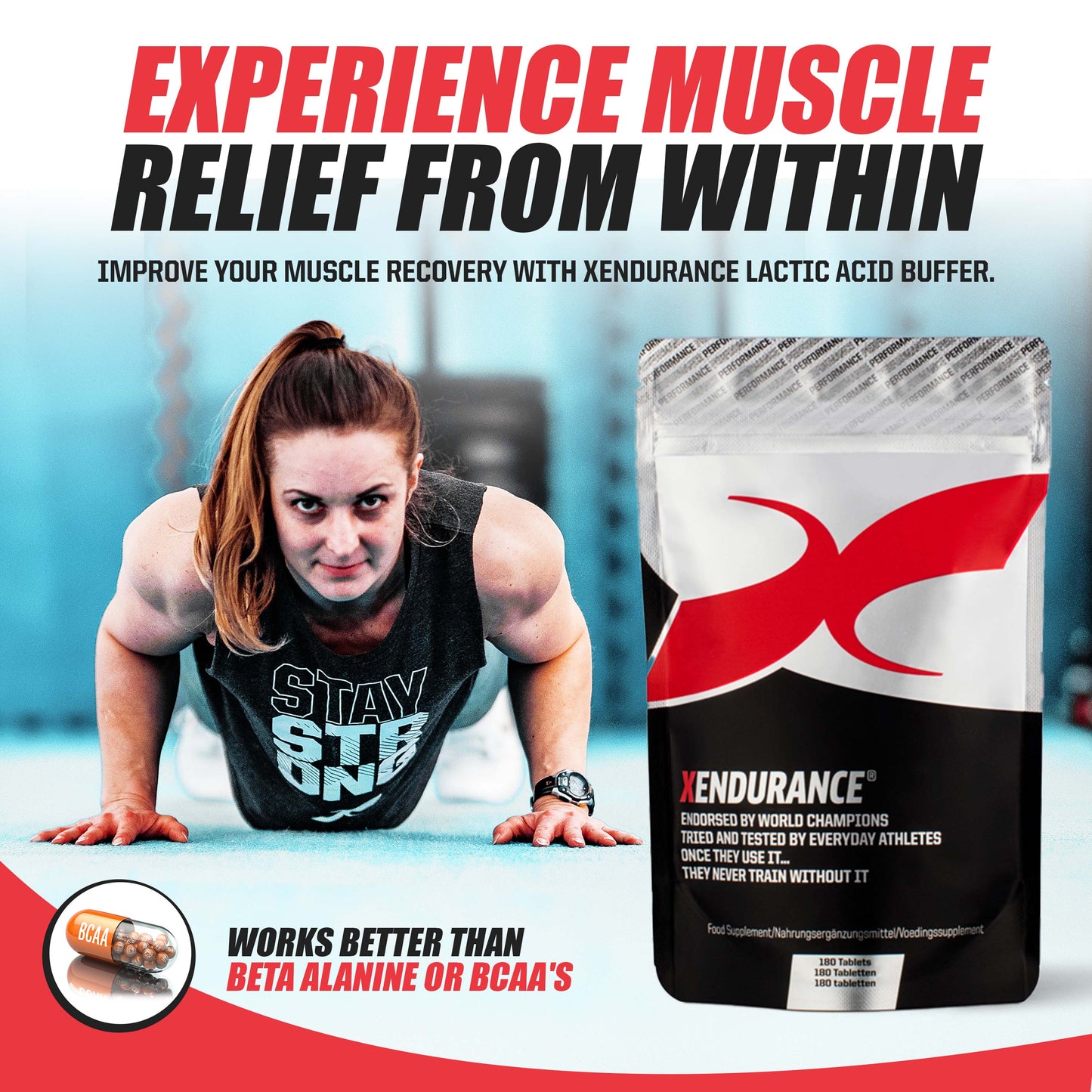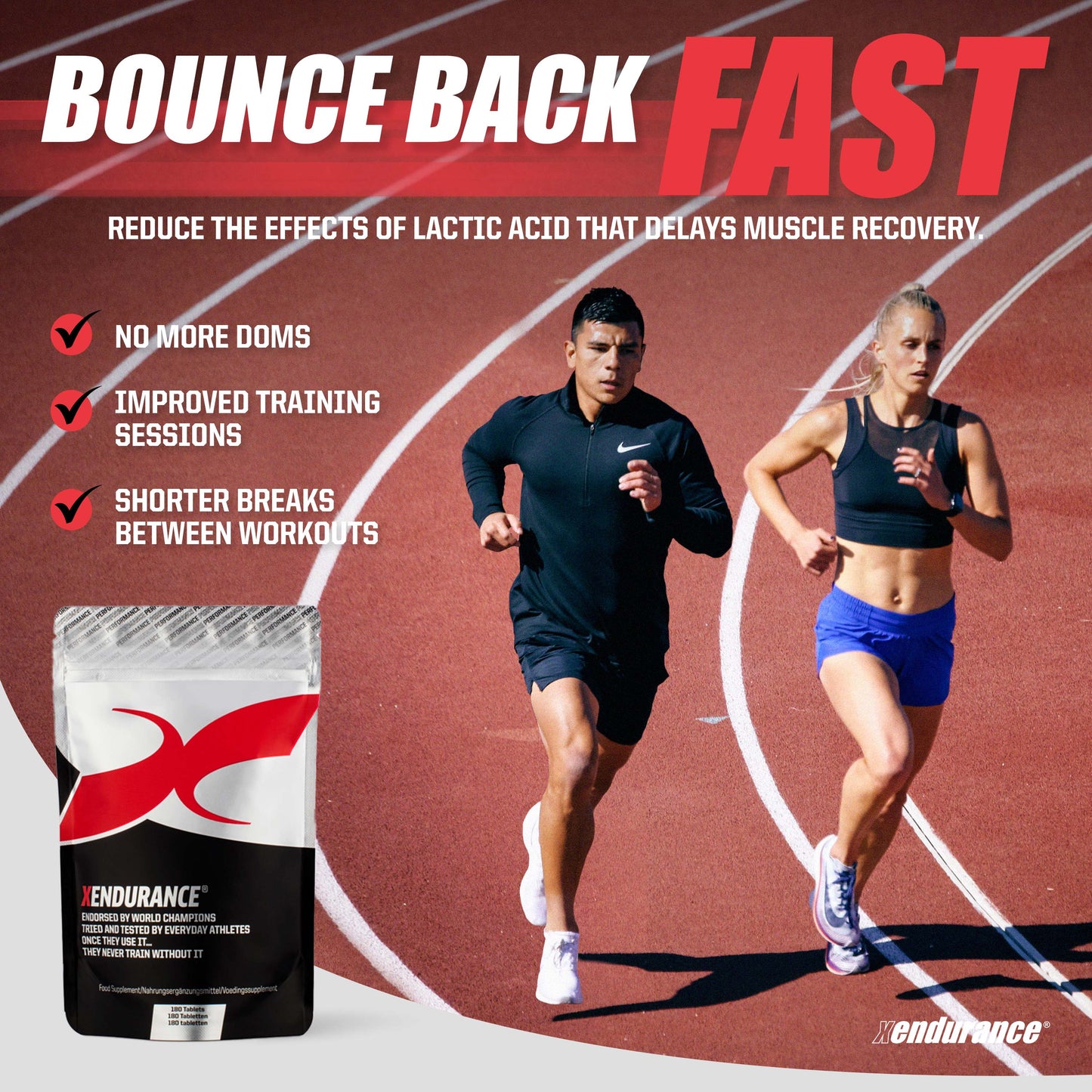Trust and train your body to tell you whether a seated or standing position is the best way to get up a hill.
Unless you are an uber biker, there are some hills, or at least some stretches of some hills, that all but demand you stand on the pedals to get up and over them. Some whippet-like cyclists feel more comfortable when seated than when standing on most climbs.
How do you know whether the climbing position that feels right at any given time actually is the most effective position? Simple: You look at the many studies on this issue, whose results collectively suggest that cyclists typically make the right decision, and that in some cases both options are equally effective, leaving room for personal preference.
One of the earliest studies was performed by researchers at the University of Colorado and published in 1996. Seven competitive cyclists completed graded exercise tests in both seated and standing positions to determine their VO2max in each. Various measurements were also taken in both positions at a speed of 20 kph on a four-percent gradient and at a speed of 12.3 kph on a 10-percent gradient. They found that heart rate and oxygen uptake were significantly higher when cyclists pedalled out of the saddle at the higher speed on the shallower gradient, but that there were no differences between the two positions at the lower speed on the steeper gradient. However, the cyclists did rate the perceived exertion of their legs as lower when standing on the pedals on the steeper climb.
The study’s results suggest that cyclists can work just as hard in either climbing position, but are more efficient when climbing in the saddle on shallower hills. On steeper hills, climbing feels easier in the standing position. This last result confirms the experience of everyone who rides a bike: You start a climb in the saddle and stay there as the strain in your legs increases, until it becomes too uncomfortable and you then stand on the pedals, which, thanks to the added gravitational force of your full body weight on the pedals, takes some of the strain off your poor quads.
A study by French scientists approached the matter from a different angle. They compared the gross efficiency (the energy cost of turning the pedals) and economy (the ratio of metabolic energy expenditure to power output) of eight cyclists climbing in both seated and standing positions at 75 percent of peak power output and also measured peak power output in both positions in 30-second sprints. They found that gross efficiency and economy were similar in the two climbing positions, but peak power was significantly greater when cyclists stood on the pedals. Just as you must stand on the pedals to sprint on level ground, you must also get out of the saddle to maximise your power on climbs.
Another study comparing seated versus standing climbing on the bike looked at the all-important matter of performance. Researchers from the Norwegian School of Sport Sciences had 10 cyclists perform rides to exhaustion at various percentages of their individual VO2max power on a 10-percent grade. Based on the results they concluded that, “In general, cyclists may choose either the standing or seated position for maximisation of performance at a sub-maximal intensity of 86 percent of Wmax, while the standing position should be used at intensities above 94 percent of Wmax and approaching 165 percent of Wmax.” (Note that Wmax corresponds roughly to the maximum power output sustainable for six minutes.)
Taken as a whole, the research on seated versus standing climbing suggests that neither climbing position is strictly preferable to the other. Standing on the pedals requires a little more energy and produces a little more power, so it’s a faster way to climb for shorter stretches. And because it uses more of the body to generate force, the standing position provides a way to give the thigh muscles a brief relative rest during longer climbs. You can trust your sense of body awareness to tell you whether remaining in the saddle or standing is the best way to climb a given hill. Your body’s “message” telling you to stand or sit is not much different from your internal feel for pacing—those sensory messages telling you to slow down, speed up or hold steady. The more climbing experience you gather, the more reliable these messages will become.
I believe there is a place for staying in the saddle when your body tells you to stand and remaining out of the saddle when your body tells you to sit in the course of your training. When you climb hills in your everyday rides and perform climbing intervals, choose some occasions to stay seated from bottom to top, even when pushing big watts; and use other occasions to keep your butt off the saddle the whole way, even on sustained climbs lasting several minutes. Testing the limits of your ability to climb in both positions will make you a stronger all-around climber.









